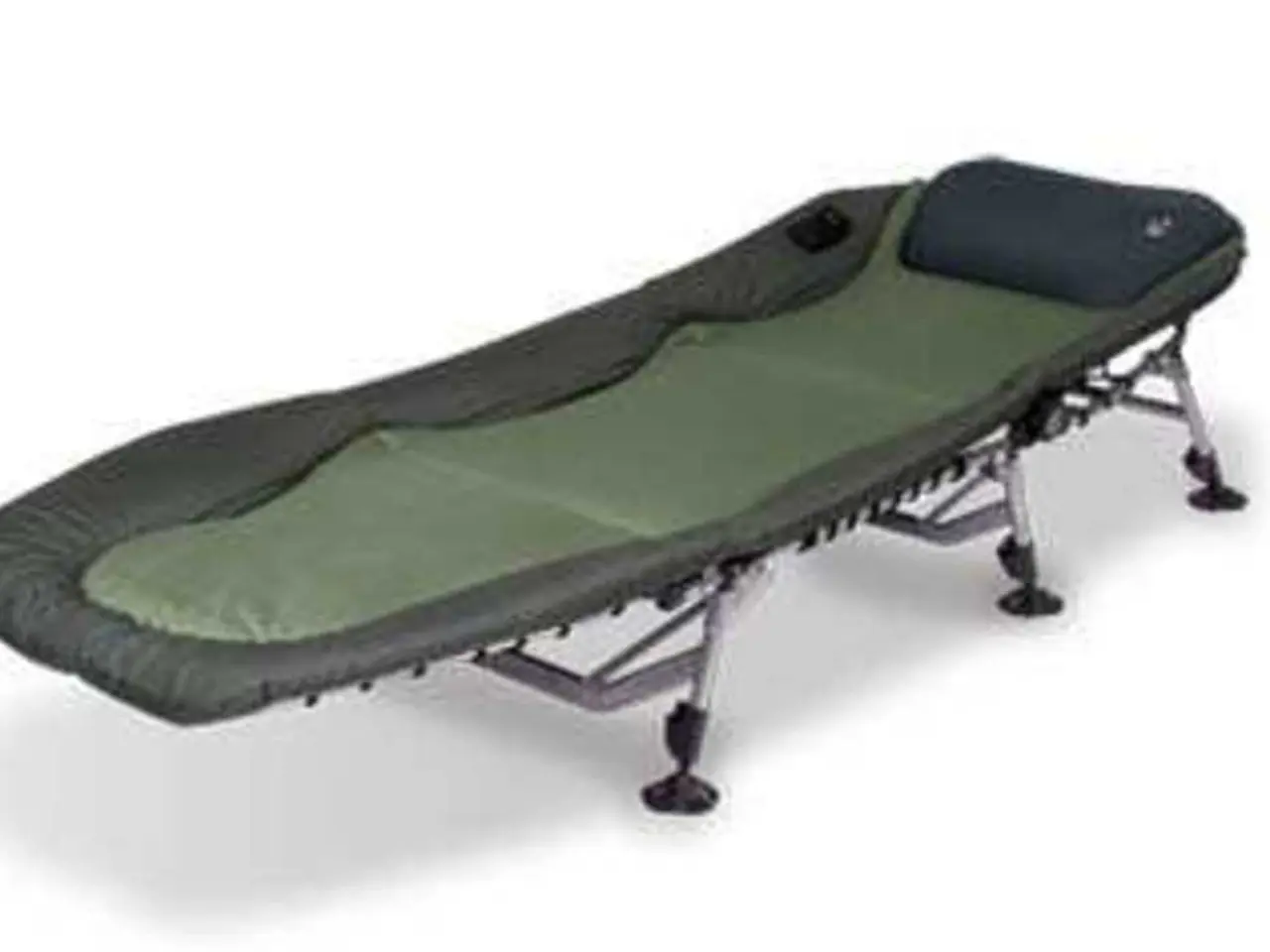Does walking alleviate sciatic pain?
Managing Sciatica: A Comprehensive Guide
Sciatica, a common condition characterised by pain, numbness, or weakness in the lower back and legs, can be effectively managed with a combination of self-care and medical interventions. Here's a breakdown of the key strategies to help alleviate sciatica pain and prevent symptom worsening.
Walking and Self-Care
Walking is a simple yet effective way to manage sciatica pain. To minimise discomfort and prevent aggravating your condition, engage in gentle, low-impact walking. Start with a warm-up to increase blood flow and prepare your muscles, and choose walking over high-impact activities like running or jumping. Keep your walking sessions moderate and stop or slow down if you feel sharp or intense pain.
To further support your recovery, listen to your body and avoid staying in one posture (sitting or standing) for more than about 20 minutes. Regularly walk and move to relieve nerve pressure and stiffness. Additionally, use heat or cold therapy as needed. Heat therapy, such as a heating pad for 15-20 minutes, can help relax muscles and increase blood flow around the sciatic nerve.
Stretching and Posture
Regularly practice gentle stretching of lower back, hamstrings, and piriformis muscles. These stretches can be done before or after walking to reduce tension on the sciatic nerve. Maintaining proper posture during all activities is also beneficial for managing sciatica. Avoid twisting motions or deep squats to prevent further strain.
Medical Intervention
If sciatica symptoms persist or certain "red flags" are present, a doctor may request further studies. These red flags include problems with walking, symptoms not responding to pain relievers, sexual dysfunction, pain during the night, malaise, motor deficits, unexplained weight loss, neurological impairment, urinary problems, spinal malformations, fever, and neurological impairment.
A doctor may recommend taking pain relief medication as needed. In severe cases, surgery may be recommended for persistent leg pain that lasts for 3 or more months despite other treatments. A doctor can also refer a person to a physical therapist for support and guidance on exercising with sciatica.
In conclusion, a combination of gentle walking, appropriate warming, position changes, and supportive self-care can help manage sciatica pain effectively while preventing symptom worsening. Always consult with a healthcare professional for personalised advice and treatment options.
Read also:
- Fragility fractures related to osteoporosis: Identifying factors, hazards, and remedies
- Ancient Herbal Goldmine: Capitalize on the Thriving Herbal Industry with Brahmi Cultivation!
- In Turkey, the number of medical visits has increased by 239 million, and the use of antidepressants has risen by 67%, as stress contributes to illness rates.
- Amidst the straitjacket of masculine dominance






